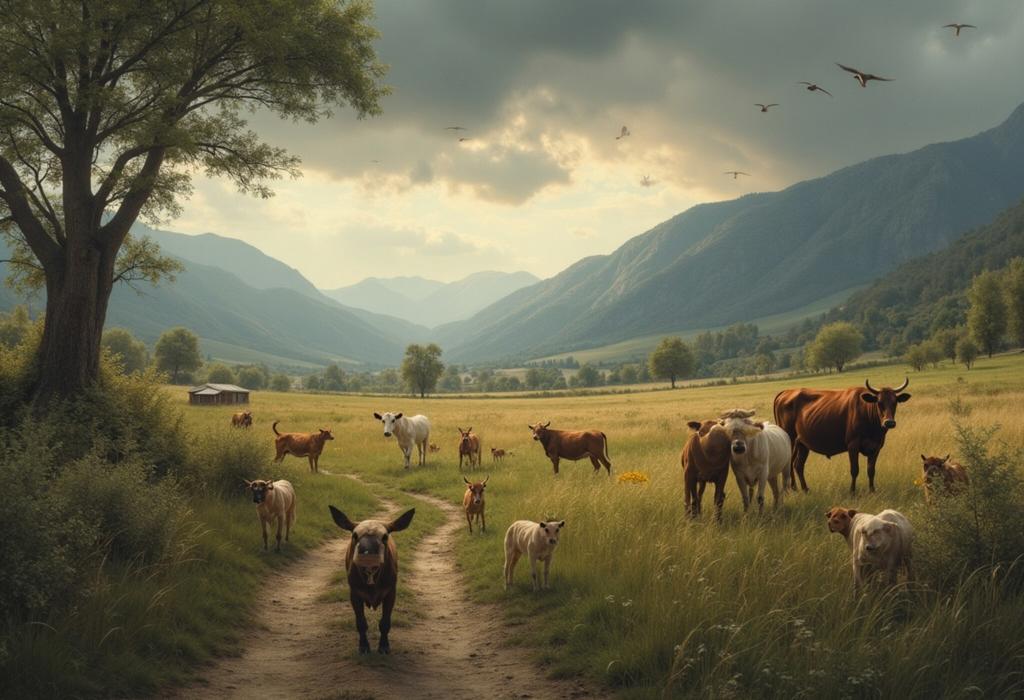Can Artificial Intelligence Develop Creativity?
Understanding AI and Creativity: Can Machines Be Creative?

Frequently Asked Questions
AI can generate creative outputs, but it does so based on patterns in data rather than true innovation or inspiration, which are hallmarks of human creativity.
AI can enhance human creativity by providing new ideas, automating repetitive tasks, and analyzing data to identify trends, thereby freeing humans to focus on higher-level creative thinking.
Step by Step Guide
1
Introduction to Artificial Intelligence
Begin by understanding what artificial intelligence (AI) is. AI refers to the simulation of human intelligence processes by machines, especially computer systems. This includes learning, reasoning, and self-correction. Familiarize yourself with the different types of AI – from narrow AI, which is designed for specific tasks, to general AI, which would possess human-like cognitive abilities.
2
Defining Creativity
Next, delve into the concept of creativity. Creativity can be defined as the ability to produce new and original ideas or to make connections between seemingly unrelated concepts. Discuss the different aspects of creativity, such as artistic expression, problem-solving, and innovation.
3
Understanding Machine Learning
Explore machine learning, a subset of AI, which enables machines to learn from data and improve their performance over time without being explicitly programmed. Study how algorithms can generate outputs based on input data and the concept of training models with large datasets.
4
AI in Creative Fields
Investigate how AI is being used in creative fields such as music, visual arts, literature, and design. Highlight examples like OpenAI's MuseNet for music composition, DALL·E for image generation, and AI algorithms that can write stories or poems.
5
The Process of Creativity in AI
Understand that AI does not inherently have creativity like humans. Instead, it utilizes existing datasets and algorithms to produce creative outputs. Discuss the importance of data diversity and quality in enabling AI to generate innovative ideas or artwork.
6
Limitations of AI Creativity
Acknowledge the limitations of AI in creativity. AI's outputs are restricted to patterns in the data it has been trained on, limiting its ability to truly innovate or understand context. Discuss ethical considerations and the debate on whether AI-generated works can be considered genuine creativity.
7
Human-AI Collaboration
Examine the role of collaboration between humans and AI in creative endeavors. Analyze how AI can enhance human creativity by providing new perspectives or by handling repetitive tasks, allowing humans to focus on strategic and innovative thinking.
8
Future of AI Creativity
Speculate on the future of AI in creative domains. Address the potential for more sophisticated AI systems that could further mimic or assist human creativity, and the societal implications of these developments.
9
Case Studies
Provide case studies of specific projects or works where AI has played a crucial role in the creative process. Examples include projects like 'The Next Rembrandt,' which created paintings in the style of Rembrandt, showcasing the capability of AI to analyze and replicate artistic styles.
10
Conclusion: The Essence of Creativity
Conclude by reiterating that while AI can mimic creative processes and assist in generating content, true creativity involves human emotion, experience, and spontaneity that AI lacks. Discuss the potential future relationship between AI and human creativity.








